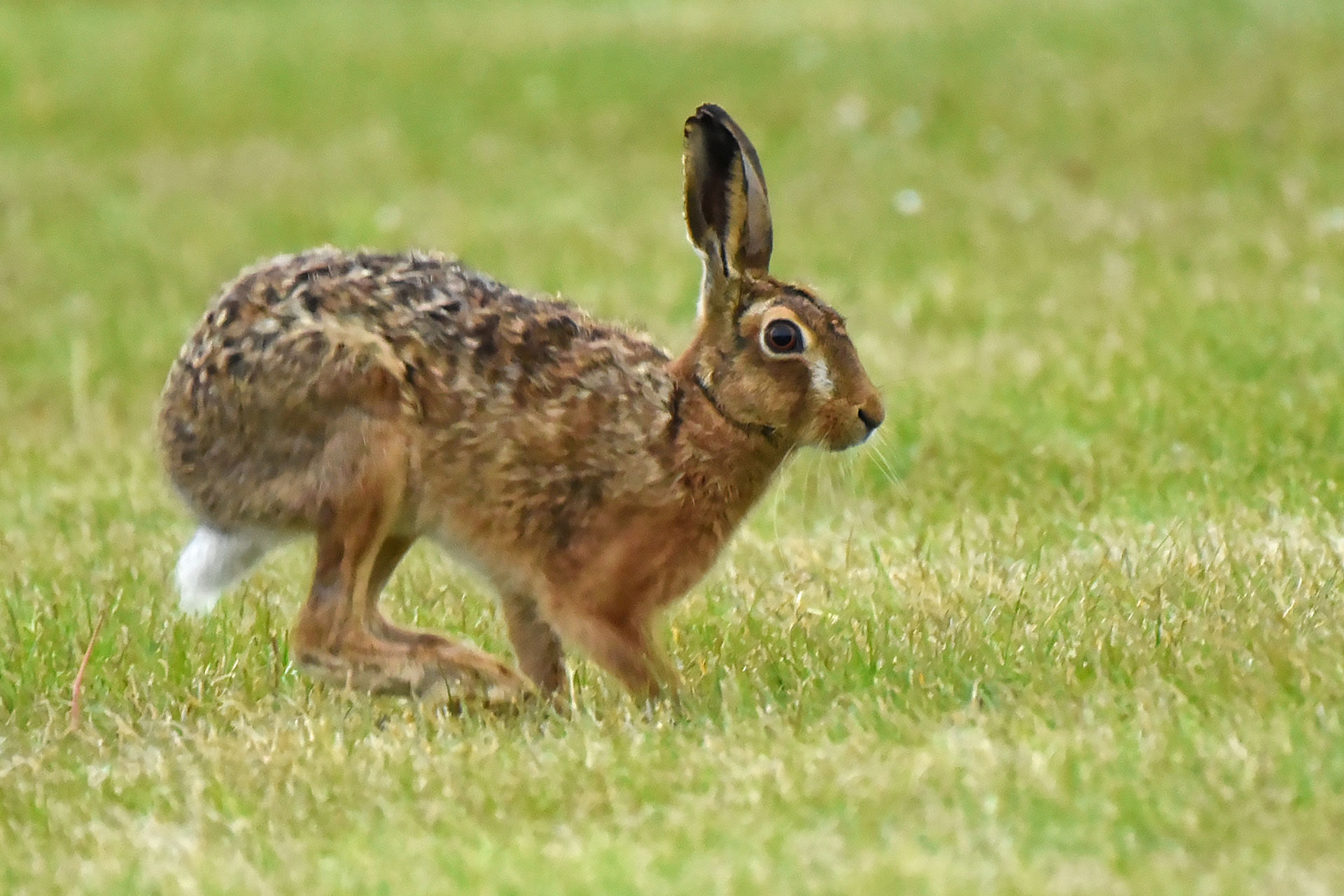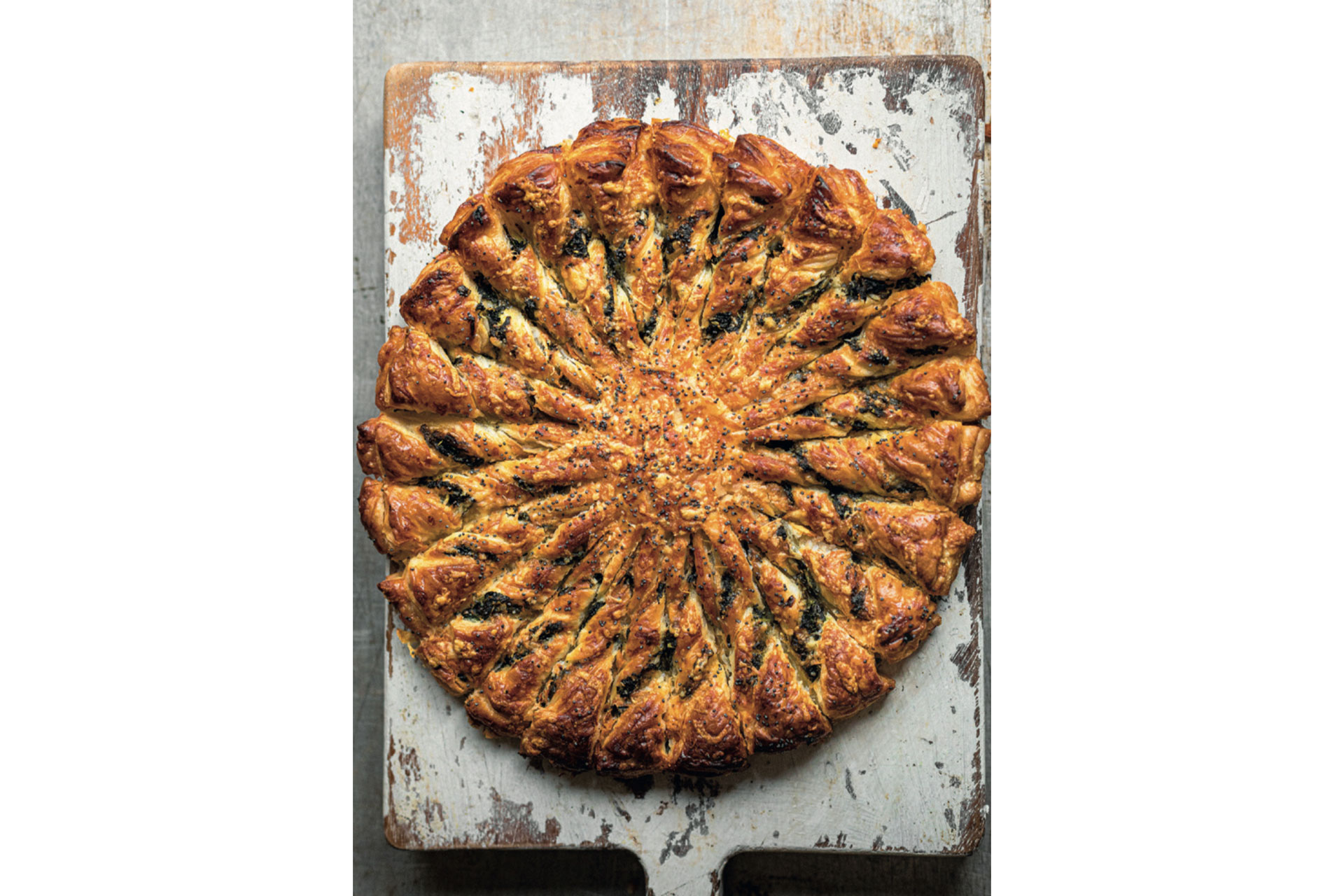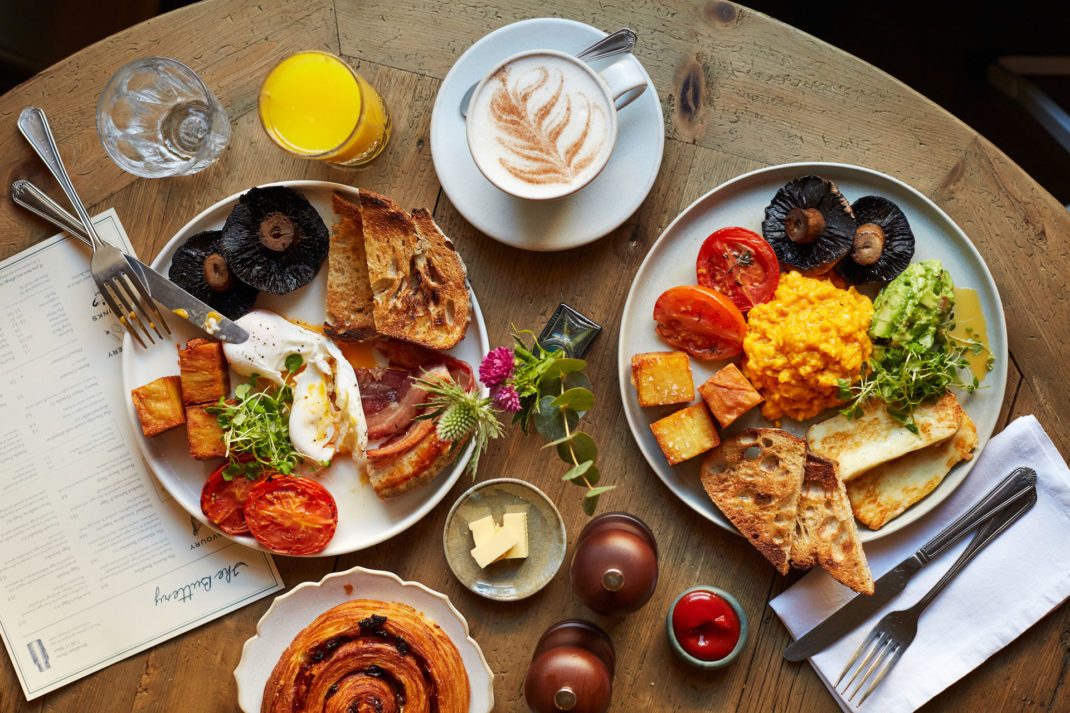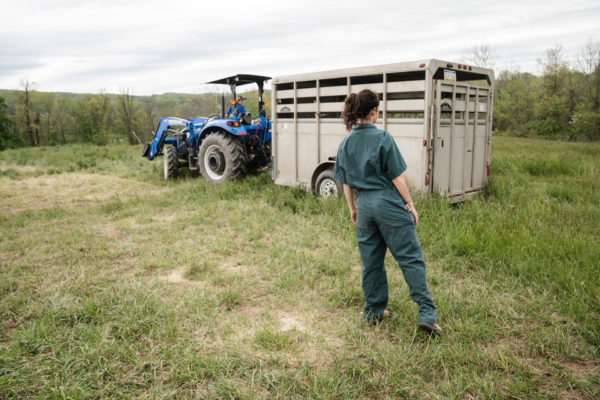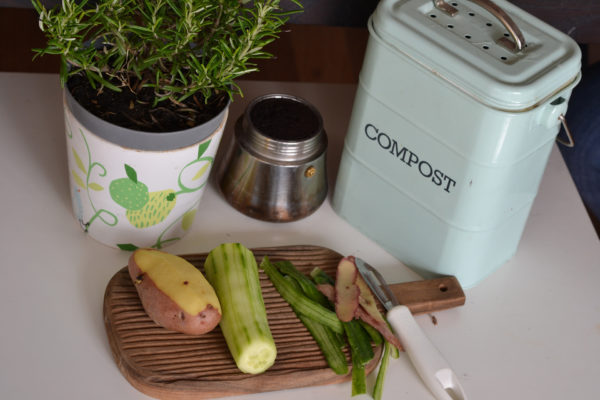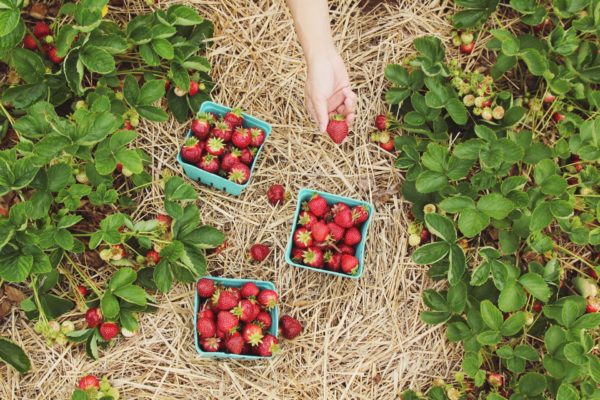Here’s Why Spring Is The Best Month For Farmers
By
1 year ago
Our farming columnists reflect on the impending changing of the seasons
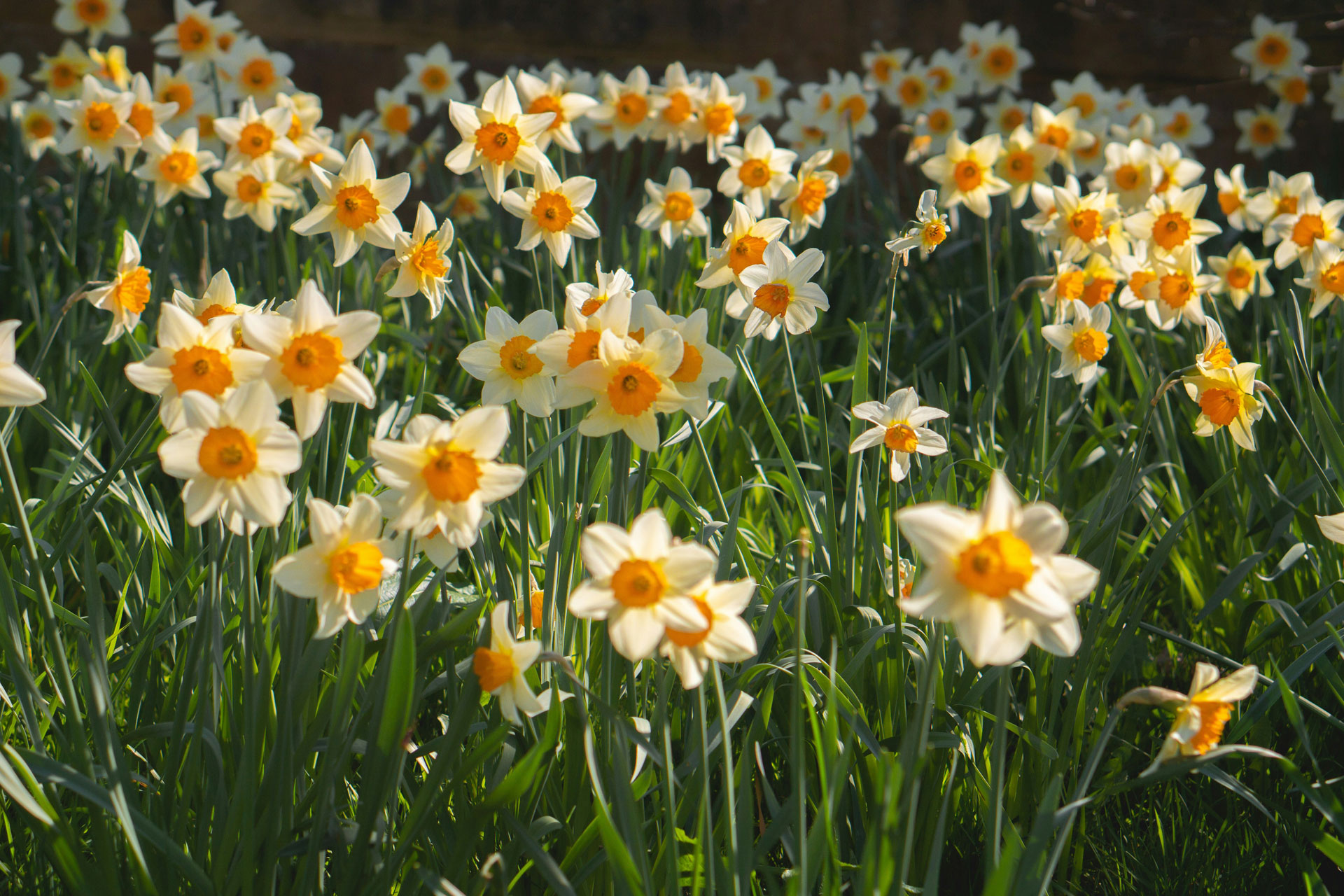
In our column, husband-and-wife duo John and Jenny Jefferies will give us some insight into life on their south Cambridgeshire farm. John is a farmer, while Jenny is a food writer, having penned books like For The Love Of The Land. They’re both passionate about British farming, and will share their expertise with C&TH on a bi-monthly basis. This March, they’re reflecting on the beginning of spring, and what it means for the farming world.
Food and Farming with the Jefferies: Spring Is Coming
One of the biggest hazards of being a farmer is talking about the weather. I try to avoid doing it – it is such a difficult subject. Frequently different crops can benefit from different weather conditions on the same day. But the reason why I have chosen this subject is due to the exceptional nature of the weather during recent months. I am sure you might have noticed the rain and the amount of rainfall we have been getting. It started during the autumn and has been seemingly constant ever since.
But the intensity of the rainfall is the interesting feature. The storms over the winter have been powerful and full of energy. Yet, they have moved slowly over the country. For me this is yet another signal of manmade climate change. The planet is getting warmer and we farmers are at the ‘coal face’ of this change. I know that is a dreadful analogy. One statistic that haunts me is for every degree of extra warmth of the atmosphere, its ability to hold moisture increases by seven percent. So if, as seems to have happened this winter, we get warm southerly airstreams that are four, five or even six degrees higher than average then we can expect 30 – 50 percent more rainfall from those air masses.
We farmers have tough decisions to make. We need to adapt our businesses and your food production to be resilient to these changes. This is without doubt the toughest challenge within a farming business at the moment.
What Does Spring Mean For Farmers?
We sit on the verge of spring: the season when the whole environment wakes up from its winter slumber. The rapidly increasing day length drives the season. In March we gain about four minutes extra daylight per day. Each day the noon sun is higher in the sky and the intensity of the sun’s rays increases. Slowly warmth returns to the northern latitudes.
For me, as a farmer, this is the best season of the year. The crops start to grow, the hedgerows become swathes of colour lacing across the landscape filled with birdsong, and new life appears from all directions. I love to see leverets appearing in the fields and to see them grow during the course of the spring. The return of our summer visitors also brings great joy, the swallow and swift take the headlines, but others like the Wheatear, the Nightingale, the Cuckoo and the Turtle Dove bring equal – or indeed greater – levels of joy within the countryside. These events all help to consign winter to a distant memory and set us up nicely for the joys of summer.
A truly lovely recipe to celebrate the dawn of spring is this wild garlic tarte soleil by Guy Singh-Watson of Baddaford Farm & Riverford Organic Farmers from For The Love Of The Land II.
Recipe: Wild Garlic Tarte Soleil by Guy Singh-Watson
A sun-shaped tart to celebrate the glossy, pungent wild garlic foraged each spring from our woodland. Wild garlic not in season? Simply use spinach or chard instead. For a vegan version, use dairy-free puff pastry, brush with oil instead of egg, and replace the cheese with tapenade or vegan pesto.
- Preparation time: 10 minutes
- Cooking time: 30 minutes
- Serves 4
Ingredients
- 100g wild garlic
- 2 sheets of puff pastry (approx. 300g each)
- 1 egg, beaten
- 11⁄2 tbsp Dijon mustard
- 120g cheddar cheese, grated
- 60g parmesan, finely grated
- Black pepper
- 1 tsp poppy seeds
Method
- Put a kettle of water on to boil. Thoroughly wash the wild garlic and sit it in a heatproof bowl. Pour over the boiling water and leave it for about 30 seconds until it has softened and wilted. Drain and cool it by covering it in cold water. Drain it again and then squeeze out as much excess water as you can before roughly chopping it.
- Roll each pastry sheet out into a large circle (approximately 26cm in diameter). It’s a good idea to use a dinner plate as a template to cut around, to give you perfect circles. Put one circle on a lined baking tray and pop the other into the fridge until needed.
- Brush some beaten egg in a 1cm border around the edge of the pastry circle on the tray. Smear the inside of the circle evenly with mustard and then scatter over the chopped wild garlic and three quarters of the cheddar and parmesan. Finish with a few turns of black pepper.
- Remove the second sheet of pastry from the fridge and place it directly on top of the filling, pressing the edges together to seal. Mark the centre of the circle by pressing the rim of a small glass or cup onto it. This gives you a central hub to cut towards.
- Take a ruler and lightly score the circle into 24 equal divisions through the centre. Take a large sharp knife and cut each line to the mark you made with the glass rim. This will give you 24 spokes radiating out from a central hub.
- One by one, take the end of each spoke and give it a full turn, making two distinct twists in the length. Try and bring the end back down in line with the circle edge. Do this all the way around.
- Brush the whole tart with beaten egg, then sprinkle the poppy seeds and remaining cheese over the top. Return it to the fridge for 10 minutes to rest while you preheat your oven to 190°c or Gas Mark 5. Transfer the tart to the oven and bake for 25-30 minutes until golden brown. Serve warm.
Follow Jenny on Instagram for more farming content

